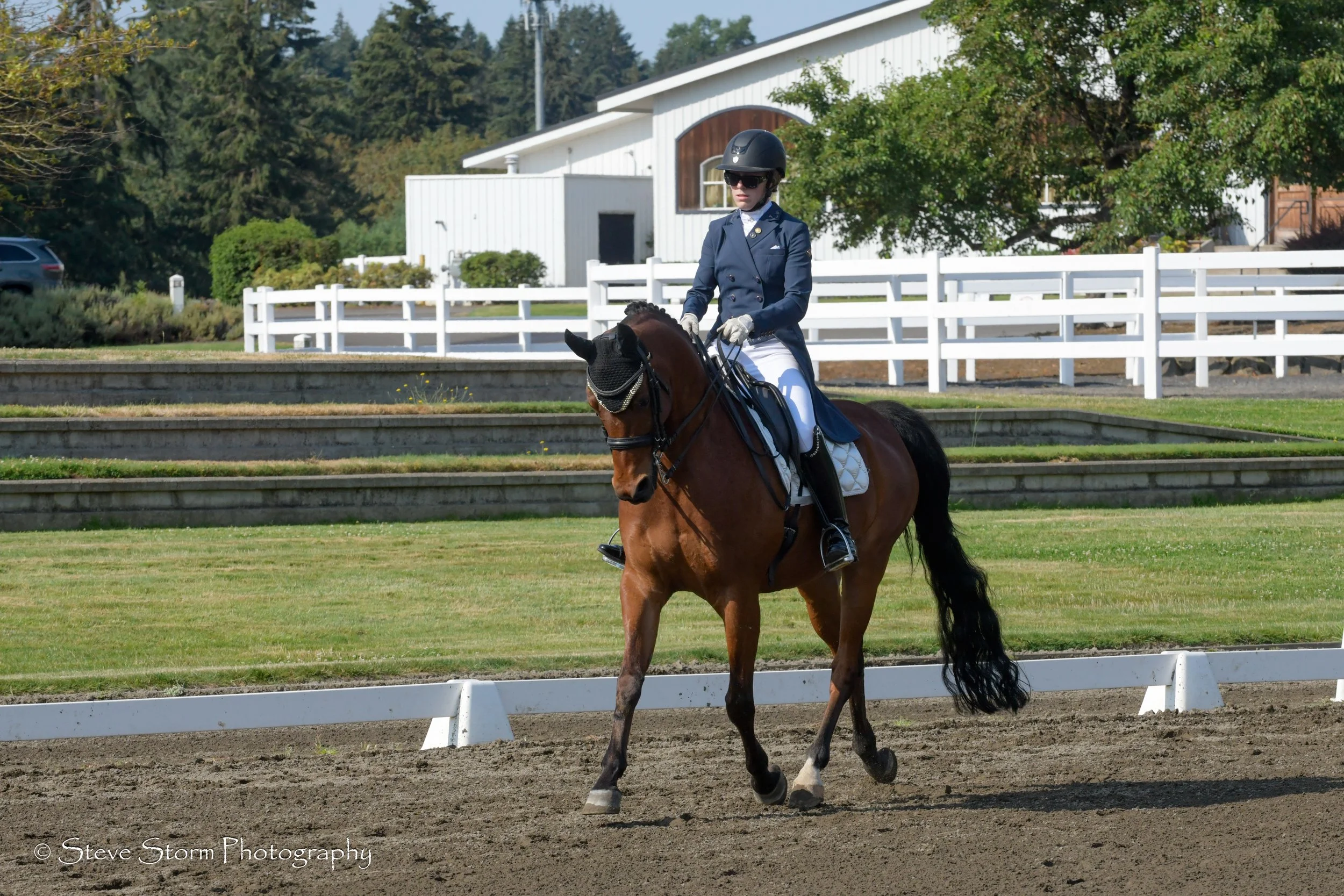What Are the Benefits of Massage?
Nearly everyone is familiar with massage, and many of us have experienced this kind of service personally. However, beyond knowing that massage can make our animal companions feel better, many owners are not aware of what massage actually does to heal the body.
Massage is a highly beneficial aspect of equine bodywork and therapy because of the various ways that is can support healing and long-term functionality benefits for our equine partners. Let’s talk a little bit about what massage can do to help your horse to feel their best and to thrive for years to come.
Benefits of Massage
Massage offers so many benefits beyond reducing pain and clearing inflammation. Massage can do the following for your equine partner:
· Improve circulation
· Prevent injury
· Increase flexibility and range of motion
· Aid in muscle development
· Reduce pain and discomfort
· Help with stress management
· Improve mind-body connection
· correct imbalances in the body
Just like people, some horses hold tension in the body all day long, and massage can help them to feel better physically as well as emotionally. Massage can also help horses who are healing from an injury by helping the body to rebalance and encouraging the full return of function and flexibility. For athletes with demanding jobs, massage can aid in muscle development, pain management, and mind-body connection during training sessions.
There are many different massage modalities, all of which are targeted at different health goals and needs.
Kinds of Massage Techniques and Their Goals
Basic Massage: This form of massage uses gentle, rhythmic strokes that are intended to relieve tension and break up adhesions in the tissues. This kind of massage offers improved circulation and quality of movement and also helps to rebalance the body and improve the range of motion. This is the foundation of every massage service, but for some horses, this is the baseline for their care plan due to painful injuries, long-term adhesions, or generalized unfamiliarity with bodywork services.
Myofascial Release: This more targeted therapy modality resolves the tension in the muscles by releasing the fascia, which connects the muscles and tissues. Addressing adhesions in the fascia can allow for a better range of motion, reduced pain, and improved muscle connection.
Trigger Point Therapy: Trigger points are areas of localized muscle tension that can impede flexibility and range of motion. These areas of muscle tension can also be highly painful until resolved. This therapy utilizes localized pressure to release the “point” that is tight and painful.
Stretching: Proper stretching is part of any massage service to prepare the muscles to be massaged and to reveal areas where muscle connections are broken or impeded. Stretching is also a part of the care plan that each owner will be provided after each service to continue to support muscle health and improvement between treatments.
Massage in Conjunction With Other Therapy Modalities
Massage therapy works well in tandem with other therapy modalities, such as TENS unit services, PEMF therapy, and red light therapy. Each of these treatment modalities can be added as required to massage services to help improve outcomes, ease pain and tension in the body, and resolve specific issues that each patient is experiencing.
PEMF therapy has been shown to improve bone healing rates, regenerate cells, and reduce pain and inflammation. This service can also help with relaxation for horses that are feeling anxious.
Red Light Therapy: Red light therapy has been proven to improve cell regeneration rates, increase blood flow, and improve joint pain. Red light therapy can also offer relaxation and a general feeling of well-being.
TENS Unit Services: TENS unit services stimulate endorphins, reduce pain, and change pain perception. This service can be ideal for trigger points that are tough to relax and it can also offer targeted relief for areas where nerve pain is impacting performance and over all well-being.
When paired with quality massage services, these other treatment modalities can improve outcomes, help our equine partners to be calm and happy on a daily basis, and reduce pain and discomfort.
